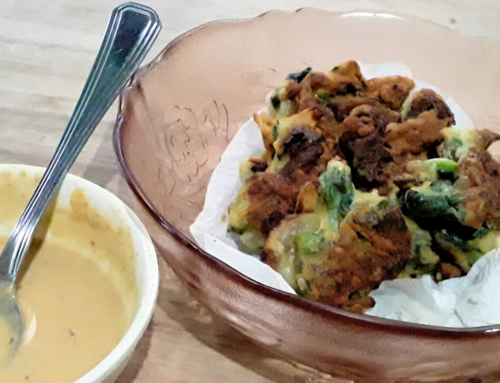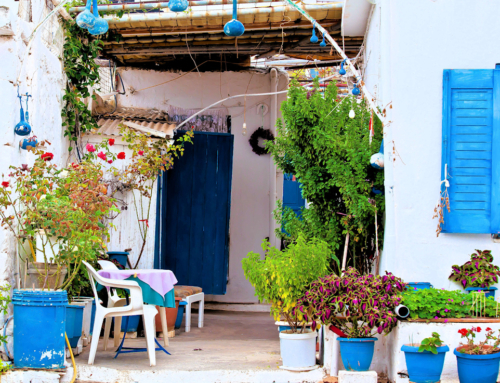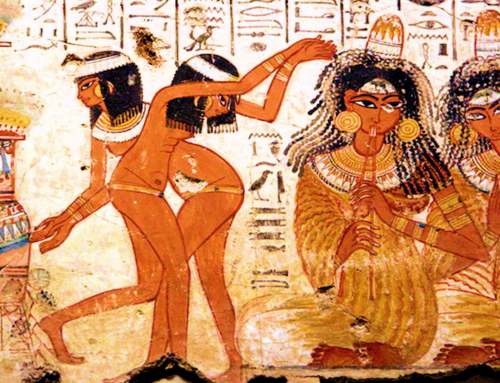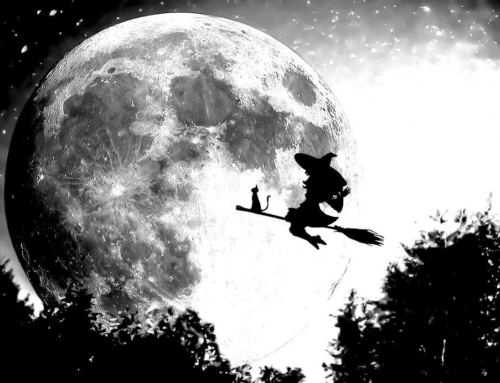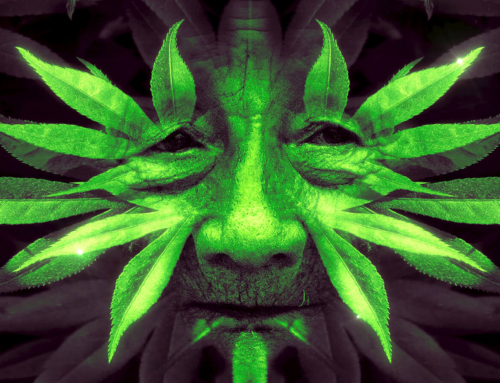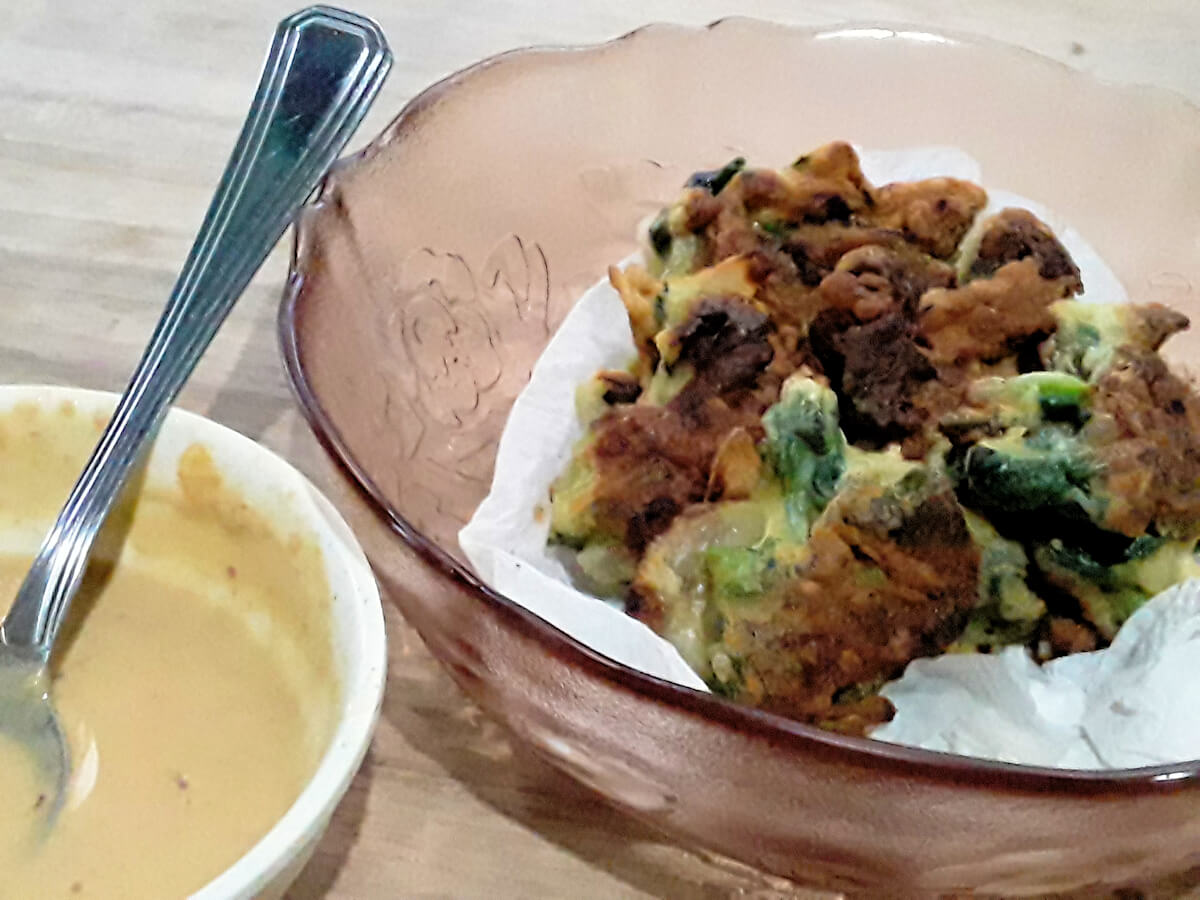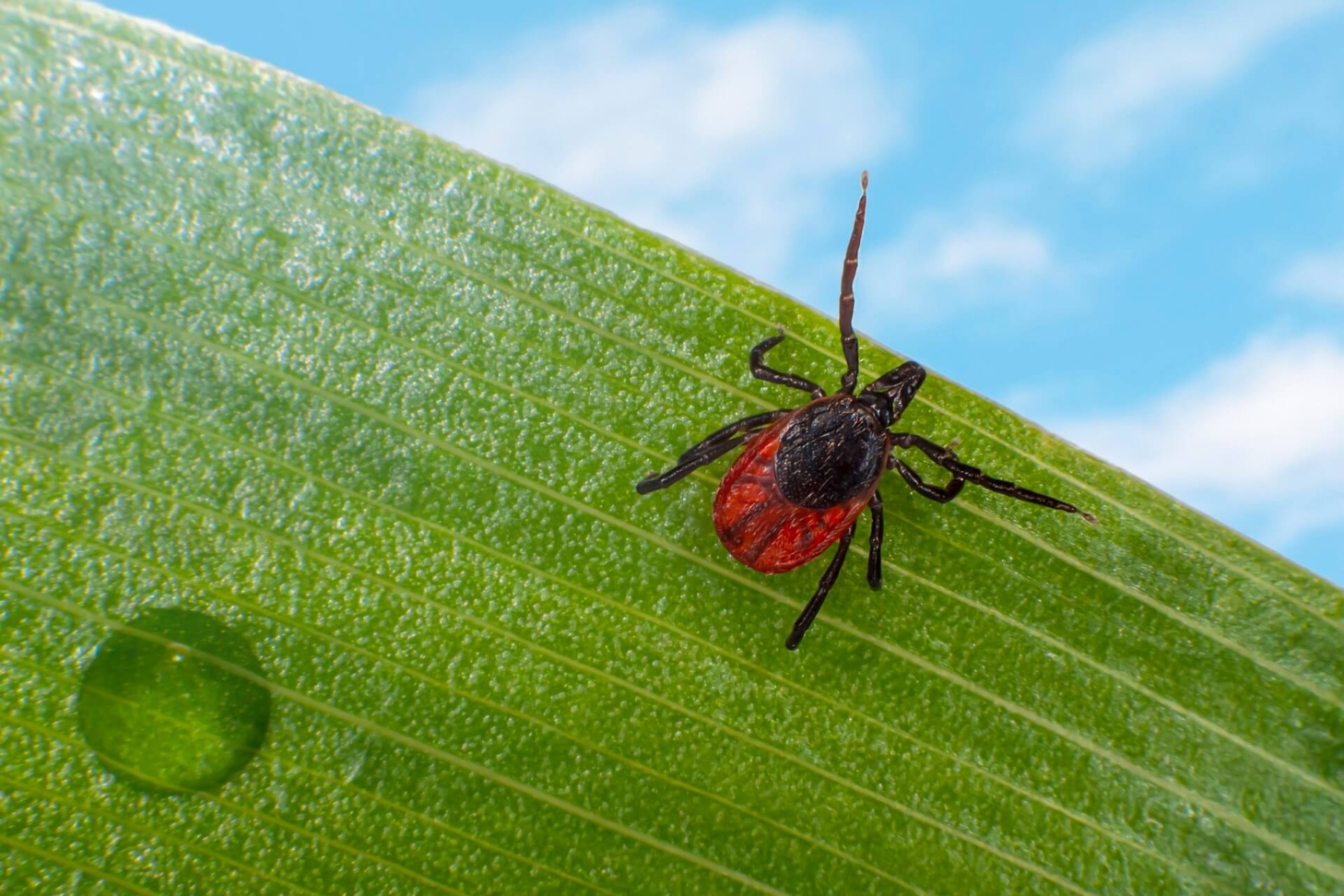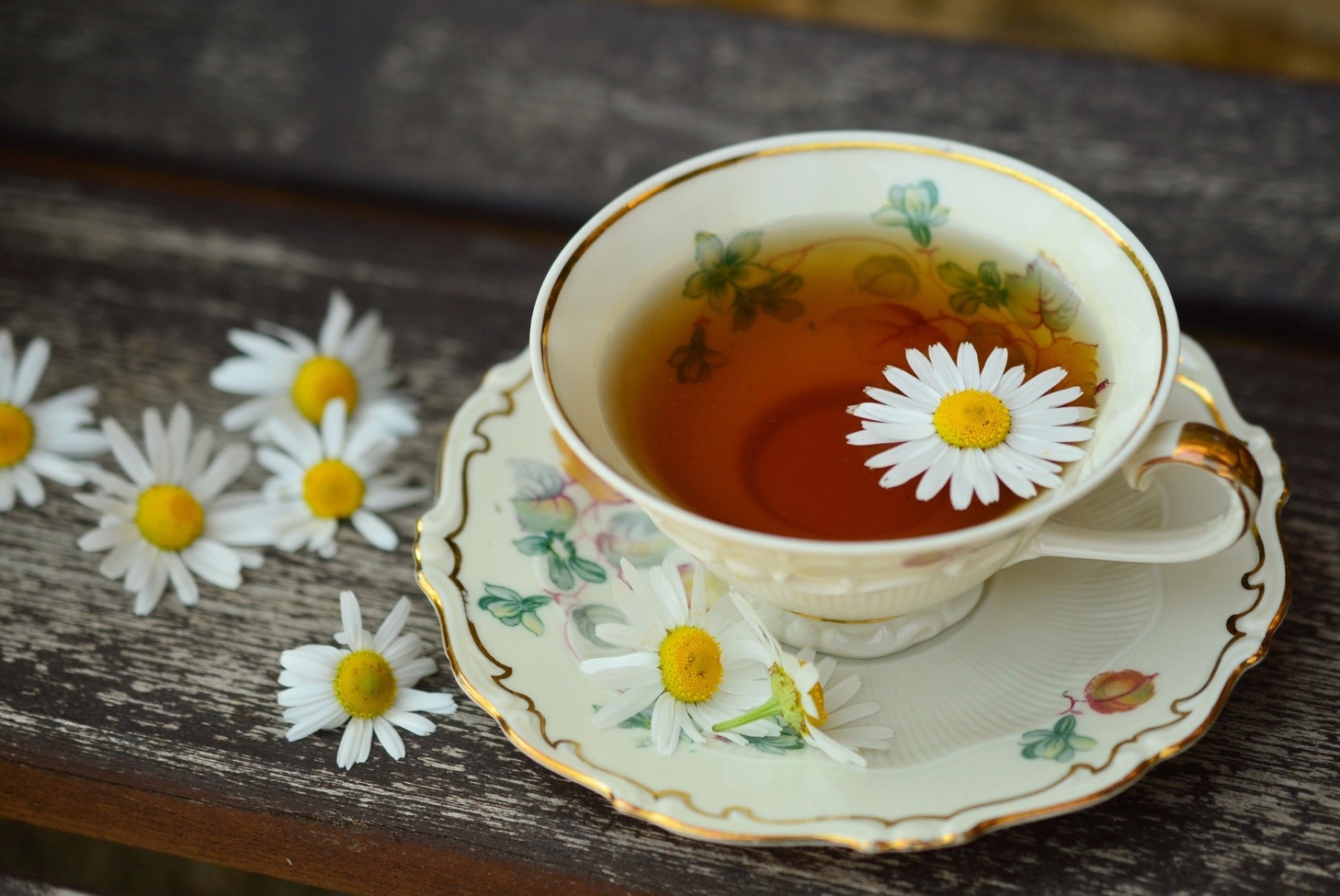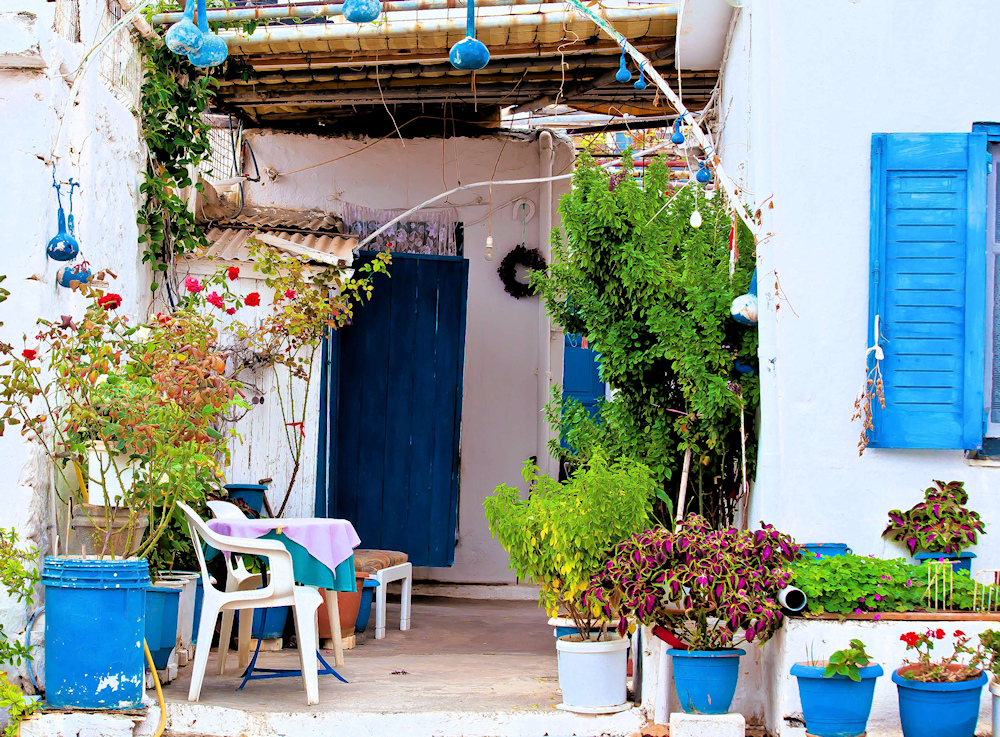Do It Yourself Smudging

Using Smoke as a Wellness Tool
The word smudging has two meanings. Both came from the Old English word smeche – meaning something you burn to make a nice-smelling smoke. Here we are talking about this ancient self-care practice, which still exists in many cultures all over the world.
In the Americas, despite great odds, First Nations people have championed the survival of smudging techniques. Tools like the smudge stick from North America, the sahumerio of Mexico and Palo Santo in South America are currently being adopted by people from other cultures whose own smudging traditions were lost.
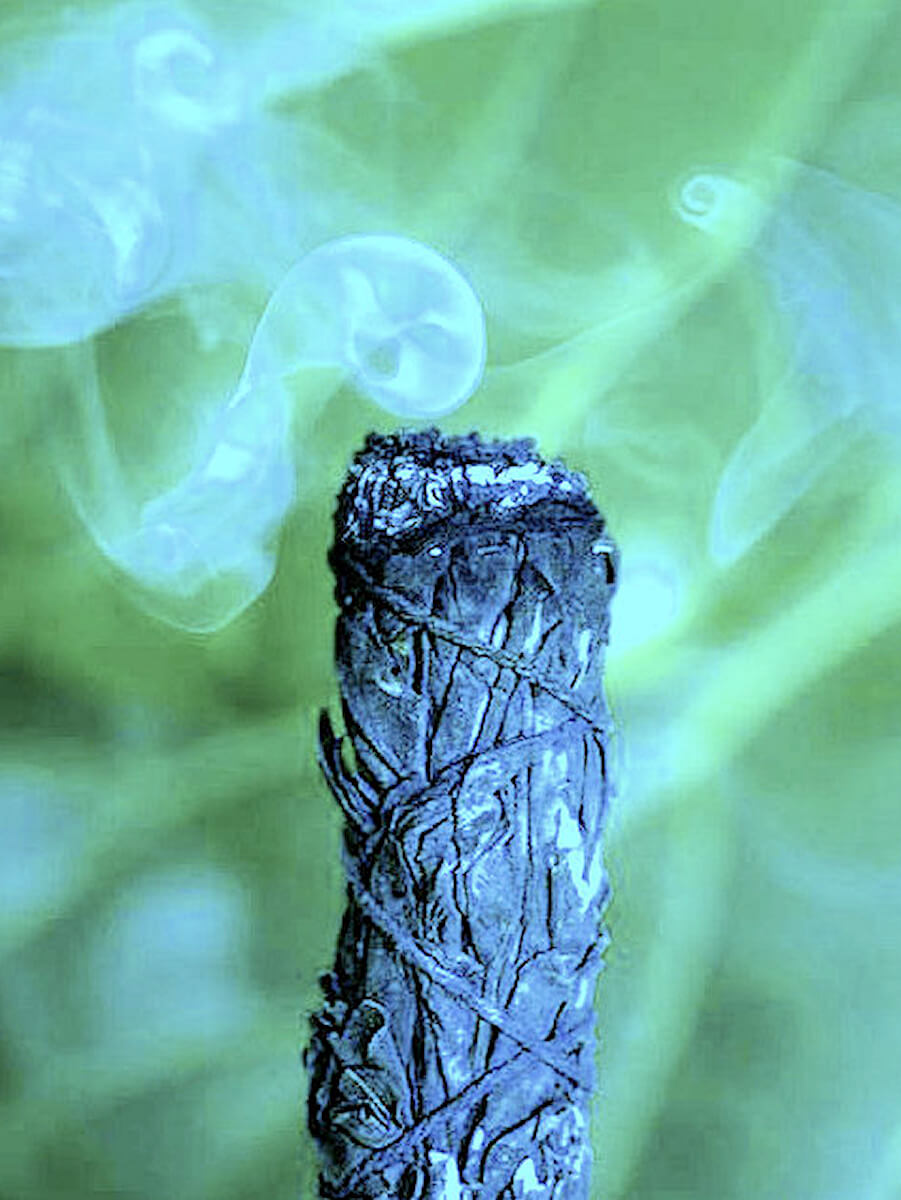
Plants like Sage from North America & Europe, Palo Santo from South America and Mugwort from Asia & Europe, do not need to be used with charcoal. Once they have been dried, they can be lit by themselves.
When to Smudge
Since the beginning of time, smudging has been used in many different situations as a therapeutic option. Here are just a few:
- Emotions of negativity, grief, sadness, lethargy, depression or other mental health issues
- Feeling energetically unprotected or easily affected by the negativity of those around you
- Post-traumatic stress, exposure to scary or disturbing situations, nightmares
- Releasing ancestral patterns of behavior and reinforcing intentions of self-re-creation
- Giving thanks to the earth and invoking the healing elements of the plant world
- Achieving and maintaining clarity and focus during times of obstacles or stress
Trees like Frankincense from the Middle East & Africa, Sal Tree from India, and Copal from Central America, exude an aromatic resin from their bark, which is placed over burning charcoal in a censer or brazier.
How to Smudge Yourself
- Before you begin, set your intention and envision the outcome of your smudging.
- Choose a quiet moment. Make sure you have everything you need, and any fire hazards have been removed.
- Carefully light the plant material or add the resin, a little at a time, to the burning charcoal.
- Pass the smoke around yourself, keeping your mind on your intention. Do not burn yourself or let the fire get too close.

Cautions
- There are times and places where smudging may not be appropriate due to safety regulations, other prohibitions or differences in cultural values. Always check first and choose wisely when in doubt.
- If you have borrowed the language or ceremony of a culture outside your own, be responsible and respectful in the way that you practice.
- Try to buy smudging supplies from a company that supports sustainable practices such as reforestation and chemical-free extraction.

